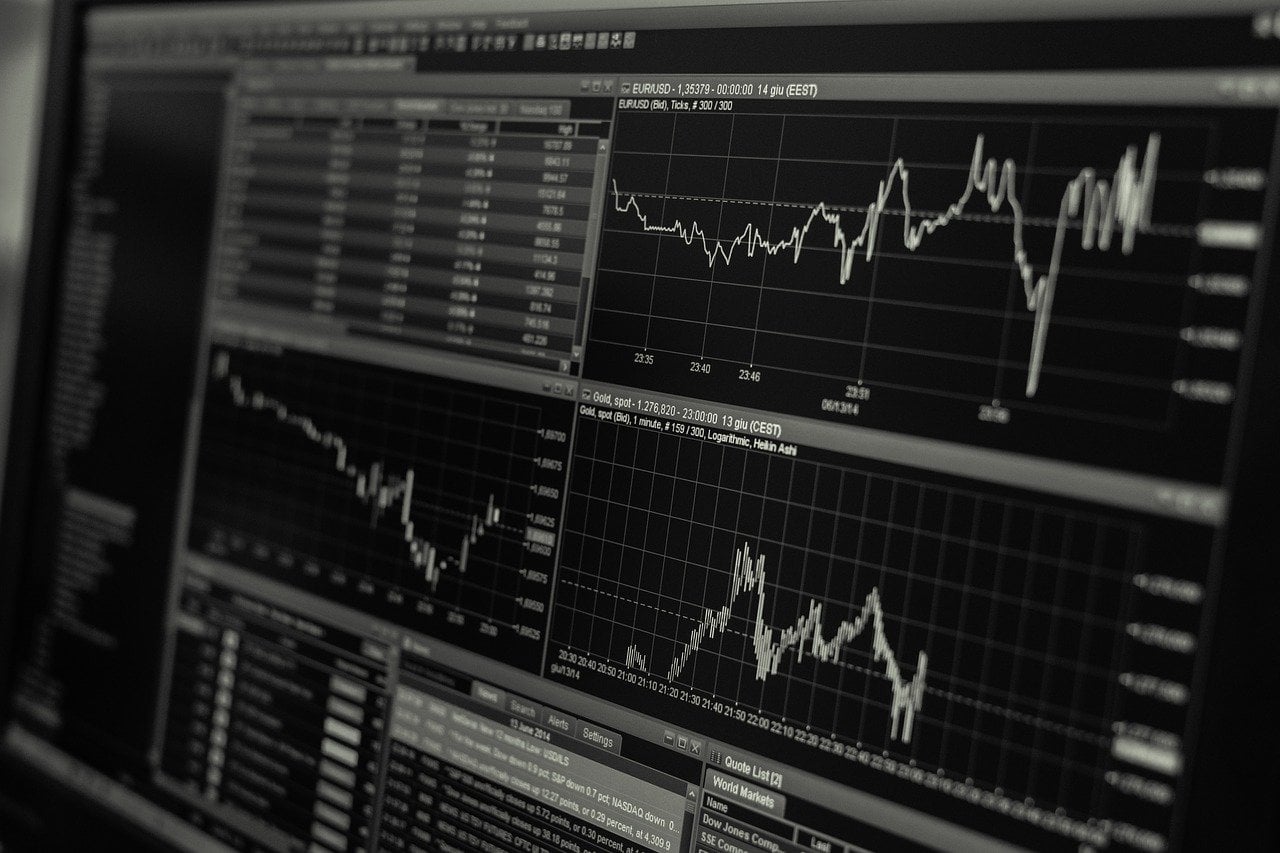Back in the summer of 2019, Rob Arnott, Shane Sheppard and I wrote an article entitled, Bubble, Bubble, Toil and Trouble. In that article, we offered a real time definition of a bubble, saying that, “We define a bubble as having two characteristics. First, the asset or asset class offers little chance of a positive risk premium relative to bonds or cash, using a generally accepted valuation model with a plausible projection of expected cash flows. Second, the marginal buyer of the asset or asset class disregards valuation models, presumably buying based on a popular narrative and expecting to resell the asset to someone else at a higher future price—and as if the market will tell them when to sell.” At that time, we were worrying that the run-up in stock prices of some growth-oriented technology companies was starting to reach bubble levels. As it turned out, things were just getting started. The market ran up continued for another six months closing at a record level of 3386.15 on February 19, 2020 as measured by the S&P 500 Index. At that point, what will no doubt be remembered as the Coronavirus Collapse began and the market fell 18.9% to close at 2746.56 on March 9, 2020. The question is what to do now.
Q4 2019 hedge fund letters, conferences and more
There are several things to bear in mind in attempting to answer that question. The first is the 2746.56 is not all that low. That was the level of the market on May 27, 2019. As recently as December 17, 2018 it was as low as 2408.55. The second is the interesting behavior of growth, and particularly tech growth, stocks versus value stocks. The run up that began in June of 2019 was driven largely by tech-oriented growth stocks. These were the companies, Tesla is an example, that Arnott, Sheppard and I thought were the best candidates to be called bubble stocks. For instance, between May 27, 2019 and February 19, 2020, Tesla shot up 386%, while General Motors was largely unchanged. This suggests that when the correction began on February 19, 2019 value stock like GM should have been a haven while growth stock were most affected. In particular, those value stocks that had not participated in the run up, would hopefully hold up well because there was no air to come out of the balloon. No such luck. When prices collapsed, GM fell 25.4%, more than the S&P 500 which was down 18.3%. In this respect GM was not alone. Many other major value stocks like Bank of America (down 37.4%) were down more than the market.
Such historical information, interesting though it may be, is not the cornerstone on which investment decision making should be made. Ultimately, investing is about comparing price and value. When value exceeds price by a sufficient margin, it is time to buy. The reverse is true when price exceeds value. Buy ss Howard Marks observes, price and value have a peculiar relationship. Marks notes that, “In the real world, things fluctuate between ‘pretty good’ and ‘not so hot.’ But in the world of investing, perception often swings from ‘flawless’ to ‘hopeless’.” In more academic sounding terms, the variance of price is greater than the variance of value.
Have Value Stocks Fallen?
Putting the foregoing observations together, the current investment question can be phrased this way: Have the prices of some stocks, particularly value stocks, fallen sufficiently relative to value that it is now time to buy? Of course, that depends on how you measure value which leads back to the comments at the start of this article. Value should be measured by a discounted cash flow valuation model based on plausible projections of future cash flows. The discounted cash flow approach has the added benefit that it incorporates the value increasing impact of the current record low interest rates.
By now you may be asking where do these “plausible cash flow projections” come from? That is the fly in the ointment. As Warren Buffett constantly reiterates, developing such projections requires understanding the business and, unfortunately, there is no short cut for developing such understanding. It requires digging into the operational and financial details. However, it is times like these when prices are moving fast and responding to shifting sentiment, and, therefore, possibly diverging from fair value, that such an undertaking is most worthwhile.
To conclude with an example, GM seems particularly interesting in this respect. During the last five years GM stock has bounced between approximately $27.50 and $40.00 with no obvious trend. As I write this it is trading at $24.78 (with a P/E of 5.4), well less than the $35.00 price it commanded five years ago. This alone does not make the stock a “buy,” but it does suggest that further analysis would be worthwhile. And this is just one example among many.






